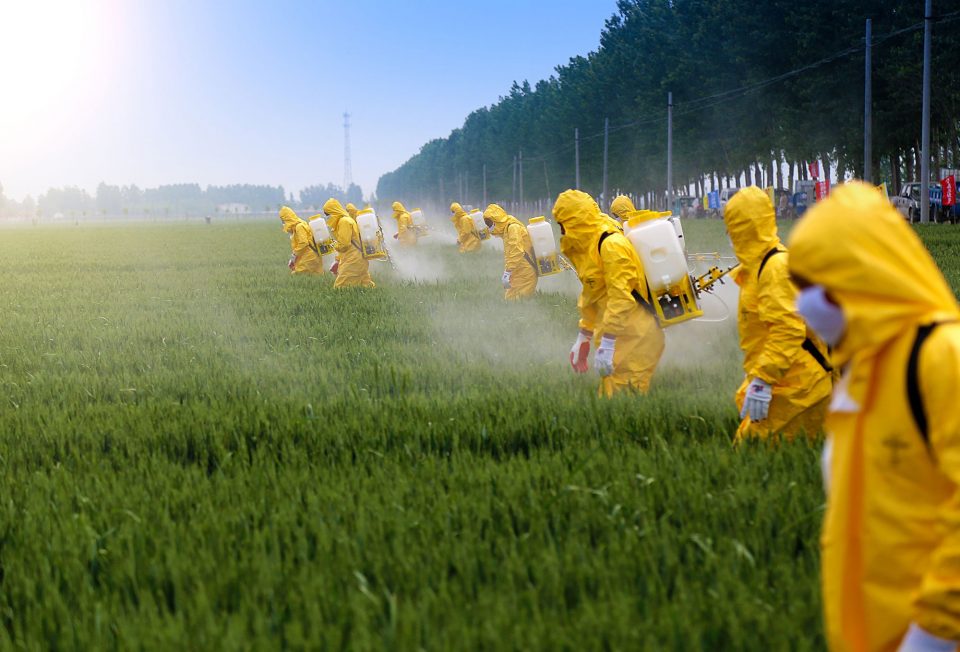
Today we will be covering a subject everyone should take note of, Pesticides or to be more specific Herbicides.
Back in September last year I wrote an article called ‘What Are Pesticides’ as an introduction. I went into some details about their background and use in everyday life.
I also covered some of the damage they cause to human life, like the ‘The Bhopal Disaster’ in India in December 1984, which killed tens of thousands of men, women and children. (1)
Today we are going to look at one type of pesticide called herbicides. We will look at the rather worrying aspect of their safety and widespread use in the food industry or Big Agriculture.
I will highlight to legal cases that have proved these products cause serious life-threatening diseases, yet our governments seem to want to do nothing about it.
In ‘What Are Herbicides’ we will cover.
- What are herbicides?
- How do they work and where are they used?
- Who makes them? & Top 5 Brands with ingredients?
- Legal cases (Glyphosates)
- Agent Orange, Operation Ranch H

What are Pesticides?
Just to re-cap if you didn’t read the pesticide article, I wrote last September, follow this link. (2)
Pesticides are made to get rid of different pests. They fall into 12 types, here they are.
Algicide or Algaecide A biocide used to prevent algae growth.
Avicides Used to kill birds.
Bactericide or Bacteriocide (Bcidal) Used to kill bacteria (good & bad).
Fungicides Fungi control in crops.
Herbicides Weed control.
Insecticides Kills insects.
Miticides or Acaricides Mites.
Molluscicides Snails and slugs.
Nematicides to kill Parasites.
Rodenticides used to kill Rats.
Slimicides Slime.
Virucides deactivate viruses.

What are Herbicides?
Herbicides are a pesticide known more widely as weed killers; they’re used to control unwanted plants or weeds. Some herbicides are selective, and they’re used to control a specific plant or weed species, they leave the wanted crop or plants ‘relatively’ unharmed.
The word ‘relatively unharmed’ is used very cleverly, they are marketing words, meant to avoid the real question in my opinion. Many modern synthetic herbicides not only kill unwanted plants or weeds, but they can also change the plant hormones of the ones grown. These plants or fruit and vegetables are then sold in supermarkets, and we eat the modified fruits and veg.
We are led to believe that once the weed killer touches the ground after a certain time it is neutralised, but some have very long half lives.
Herbicides are sprayed by hand, hose systems, tractor, helicopter or by plane. A lot of herbicides have been banned because they destroy the soil quality and contaminate the ground water.
Herbicides have also been used as a biological warfare weapon, the most famous being Operation Ranch Hand during the Vietnam war. (3) We will cover this in more details later.
A lot of these chemical products can stay active in the ground for years if not decades. Harming the natural environment, animals, insects and humans.

How do they work and where are they used?
Modern selective herbicides are made to kill certain types of targeted weeds and leave the crop unharmed. As I said some of these interfere with the biology of the plant by altering plant hormones.
Some herbicides are used to clear waste ground these are not selective and they kill any plant they come into contact. (4) It is a carpet bombing style process.
Herbicides fall into 2 types, Contact & Systemic
Contact herbicides work to destroy the plant tissue that encounters the chemicals. Normally these are the fastest acting herbicides. They are less effective on perennial plants because they can grow new tops from their roots, tubers or rhizomes.
Systemic herbicides these move through the unwanted plant or weeds. Even if the herbicide is only applied to the top, it will move through down to the roots. These will control perennials but they’re slow acting.
Now we come to how they’re applied to the plants there are 2 methods used.
- Spray applied herbicides these are usually contact chemicals, and they are mixed with liquid and sprayed on the field, via farm equipment like tractors or planes.
- Soil applied herbicides chemicals are injected into the ground and the roots then take up the herbicide. There are 3 type of soil injected weed killers
- Pre-plant incorporated herbicides applied to the soil/ground before the crops are planted.
- Pre-emergent herbicides applied to the soil/ground before the crop germinates and emerges from the ground.
- Post-emergent herbicides applied after the crop has emerged
Herbicide use is widespread, globally they account for about 70 percent of all agricultural pesticide use.(5)

3 of the Top Garden Weed Killer Brands.
In this section we will pick away at the Top Five brands and take a dive into what ingredients they use, and the possible health effects associated with these chemicals.
So here are 3 Glyphosate Weed Killers from www.Bestadvisor.co.uk (6)
Roundup Ready made by Monsanto (9) now Bayer (10)
Bayer AG is a German multinational pharmaceutical and life sciences company and one of the largest pharmaceutical companies in the world. In 2018 Bayer bought Monsanto for over $60bn.
Roundup Ready Ingredients.
Pelargonic and Related Fatty Acids
Isopropylmine Salt of Glyphosate
Bayer 2019 Total Revenue €43.5bn Approx. Market Cap €45.68, Employees 103,824
Barclay Chemicals – Gallup (7)
Barclay Chemicals is an independent Irish-owned company, which manufactures and supplies post-patent agrochemicals for protecting crops from a facility in West Dublin. Their focus is glyphosate and the company also specialise in a range of herbicides and fungicides. Barclay exports to 28 countries and employs 87 people.
2018 sales turnover €102m, (8)
Gallup Ingredients. (11)
Glyphosate Isopropylamine Salt
Poly (oxy-1,2-ethanediyl) ,.alpha.- phosphono-. omega, – butoxy, isopropyl amine salt
(2-hydroxypropyl) ammonium phosphate
Alcohols, C8-10, ethoxylated
2-[2-(2-butoxyethoxy) ethoxy] ethanol
Scotts Miracle-Gro Weedol
Scotts Miracle-Gro Company is an American corporation headquartered in Marysville, Ohio. The company manufactures and sells consumer lawn, garden and pest control products.
2018 sales $2.66bn, Market Cap $9.15bn Employees 6500 (12)
Weedol Ingredients
Glyphosate, compound with 2- propylamine (1:1)
Pyraflufen-ethyl (ISO)
1,2-benzisothiazolin-3-one
propane-1,2-diol
Resolva 24hr

Monsanto Legal cases (Glyphosates)
In 2018 a court in California awarded school groundskeeper Dewayne Johnson (no not The Rock) $289m in damages.
His defence proved that Roundup Ready glyphosate weed killer caused his non-Hodgkin’s lymphoma. (14) Johnson used Roundup at least 30 times a year in his work.
A jury in Oakland, California, awarded a couple $2bn in damages after concluding that sustained exposure to Roundup weed killer led to their cancers.
74-year-old Alberta Pilliod used roundup for 30 years in his landscaping business, and his wife had the same diagnosis 4 years later in 2014. (15)
The New York Times reported in June 2020 that Bayer owner of Monsanto will pay $10bn to settle all lawsuits. (16)
Research IARC 2015
International Agency for Research on Cancer (IARC) part of the World Health Org.
A Working Group of 17 experts from 11 countries met at the International Agency for Research on Cancer (IARC) on 3-10 March 2015 to review the available published scientific evidence and evaluate the carcinogenicity of five organophosphate insecticides and herbicides: diazinon, glyphosate, malathion, parathion, and tetrachlorvinphos.
To reach these conclusions, IARC reviewed about 1000 studies. Some of the studies looked at people exposed through their jobs, such as farmers. Others were experimental studies on cancer and cancer related effects in experimental systems.
In March 2015, IARC classified glyphosate as “probably carcinogenic to humans” (Group 2A). (17)

I do get extremely twitchy when official bodies use words like ‘probably carcinogenic’. If the Big business funded World Health Org are saying it’s ‘probably carcinogenic’ then let’s just accept it means it does cause cancer.
Herbicides destroy the microbiology of the soil. Beneficial microbes are supposed to come from the soil, they move into the plants, we then eat the plants which goes on to populate our gut with the beneficial bacteria, improving our gut microbiome, and our health in the process.
This is another natural process that’s been altered, which in turn alters human health. Glyphosates are also dangerous to aquatic life, they kill fish, or poison the fish we eat, and then it poisons us down the chain.
According to the U.N. globally up to 200,000 people die from pesticide poisoning every year. (18)
Below is an explanation of how glyphosates were used during the Vietnam War in Operation Ranch Hand using Agent Orange herbicide. (19)
Operation Ranch Hand
Operation Ranch Hand was a U.S. military operation during the Vietnam War, lasting from 1962 until 1971.
Flying C-123 Providers, U.S. personnel dumped an estimated 19 million gallons of defoliating herbicides over 10-20 percent of Vietnam and parts of Laos. Agent Orange, named for the colour of its metal containers, was the most frequently used defoliating herbicide.(20)
In addition to the massive environmental devastation of the U.S. defoliation program in Vietnam. It has been reported that some 400,000 people were killed or maimed as a result of exposure to herbicides like Agent Orange.
These people are still dying and giving birth to children who have to live with the toxic effects nearly 50 years after the end of the Vietnam War ended.
This is mainstream news, so how bad was it really? How many more reports like this do you need to read to realise that our world is upside down?
*Wash fruit and veg thoroughly, not with chlorinated water, that will only add to the toxicity levels*


